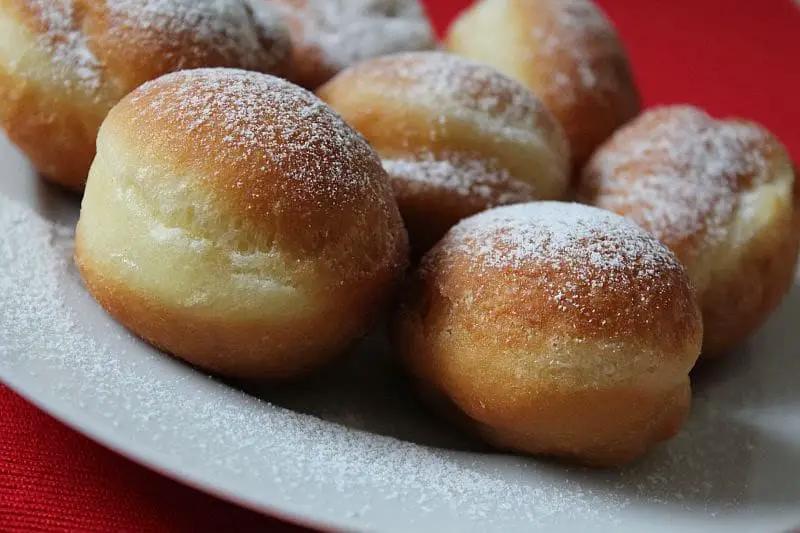“Pączki domowe” (pronounced pOHNch-kee, the singular form being pączek) are pastries similar to donuts. They are considered traditionally Polish, although they are enjoyed across Europe, in many places in North America, and beyond. They are deep-fried and filled with confiture or other sweet and/or creamy fillings, and are usually topped with a sweet icing, glaze, or powdered sugar dusting.
Why Are They Called that?
(Dlaczego są tak nazwane?)
The singular form, paczek, is a diminutive of “pąk,” meaning plant bud in English. These Polish donuts were named such because as they fry in the oil, they grow as does a plant bud in fertile soil. Obviously, as food that became popular in spring time, the name also partly references when they are eaten.
The origin of paczki is linked to Poland’s relationship with Catholicism, as they are a “Tlusty Czwartek” (or “Fat Thursday” in English) tradition. In Catholicism, Lent is extremely important and forbids sweets and treats for 40 days. Thus, paczki became celebrated as a way to use up all available sugar, eggs, butter, lard, and other decadents before Lent. In fact, they used to even be filled with savory fillings, such as cabbage and pork meat, but as time has passed they are now usually only found filled with something predominantly sweet.
 The most traditional confitures used are rose jam, plum jam, and sweet cream cheese, but blueberry, strawberry, and any other confiture can be used as well. In modern Warsaw, they are even sometimes filled with toffee. Usually, they are covered in a glaze or icing, but not always.
The most traditional confitures used are rose jam, plum jam, and sweet cream cheese, but blueberry, strawberry, and any other confiture can be used as well. In modern Warsaw, they are even sometimes filled with toffee. Usually, they are covered in a glaze or icing, but not always.
A medieval Polish king, August III, is often credited for paczki ditching the savory for the sweet. The French cooks he hired as his royal chefs began to play with and improve upon an already existent Polish pastry recipe, which resulted in the paczek (naturally, King August III was a rather heavy-set man).
When Are They Eaten?
(Jak jeść pączki?)
On Fat Thursday, Poles always celebrate by eating paczki. It is common for workplaces to provide them for their employees, and it is common to take them when visiting family and friends on this day, (instead of parading and partying, as with the French Mardi Gras tradition). In fact, eating paczki on Fat Thursday is such a strong tradition in Poland that Poles queue up in lines that will sometimes stretch around the corner in order to purchase these amazing pastries from the local “cukiernia,” or bakery.
These delectable treats are also popular in many places in North America, usually in areas that were (or still are) inhabited by Poles after the mass arrival of Central and East European peoples in the late eighteenth and early nineteenth centuries. For example, Hamtramck — an area of Detroit which still has a wonderful Polish market — has a Paczki Day parade and paczki-eating contest every year. Incidentally, Poles in North America switched the day of celebration from the last Thursday before Lent to Tuesday due to integration with other immigrant Christian pre-Lenten observations (hence, many celebrate Fat Tuesday in North America). And recently, in 2010, a paczki-eating contest in Evanston, Illinois was established to take place the weekend before Paczki Day.
Although paczki are traditional before Lent in Polish culture, paczki are baked and sold daily in all bakeries in Poland. If in North America, however, these donuts are often only made on Paczki Day in areas with a large ethnically Polish population.
Always eat these with your hands. Don’t be afraid to get sticky; you will notice everyone around you is a sticky mess as well. You can wrap it in a tissue paper to protect your hands, but Poles (or Polish-Americans) almost never eat paczki with a knife and fork. Paczki kind of give you a reason to eat like a kid again and not feel ashamed of your mess.
How are they prepared?
(Jak gotować pączki?)
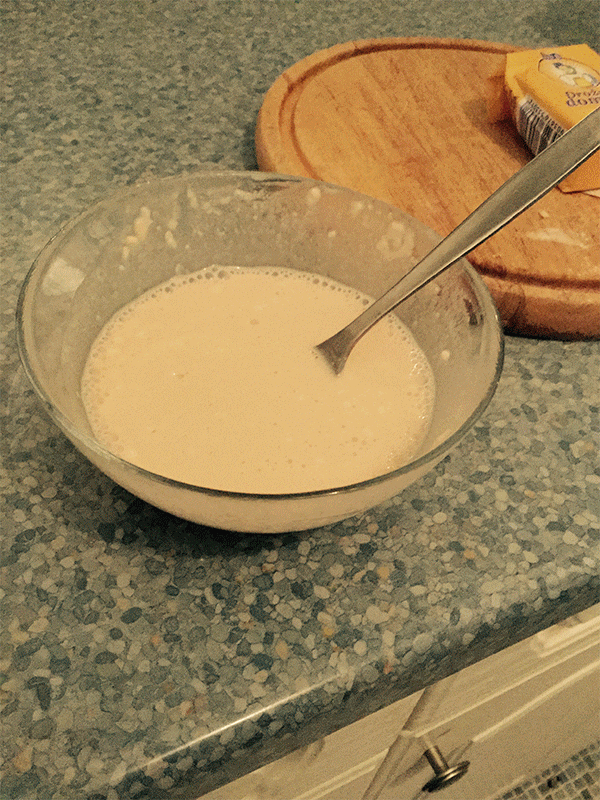
The most important aspect of preparing paczki is the dough. It needs to be slowly prepared, starting with the yeast base which must sit until it rises to about three or four times the unrisen amount. After that, it is best to add small amounts of flour to the yeast as it is mixed, and after it reaches its desired consistency — no longer sticky and easily malleable, like play-dough — it must be kneaded for an additional 15-20 minutes.
It is quite difficult to accurately measure anything, and so the recipe provided below often mentions “as needed.”
After kneading the dough, it must sit to rise again for at least 1.5 hours, or until the dough doubles the amount it was before letting it rise. This is a very crucial aspect to the process. It must be kept in an area free of any wind or current, and covered with a kitchen towel. After it has risen to the desired level, it is rolled out and circular sections are cut out, with two circles functioning as the top and bottom of the paczek, between which the filling is placed.
The seam on paczki is important as well, as after preparing them they are deep fried in oil, and the seam stands as a testament of the quality of the oil. If they are fried in bad oil, the seam will disappear. Essentially, bad oil morphs the intended formed look of the paczki. They also can be deep-fried in lard.
Let’s cook!
(Gotujmy!)
See below for a free recipe for paczki. See also the free videos online. If you are interested in cooking from Russia, Ukraine, Georgia, Poland, and other places in Eurasia, make sure to see our full, free Eurasian Cookbook online! You might also be interested in the following specialized cookbooks we’ve enjoyed:
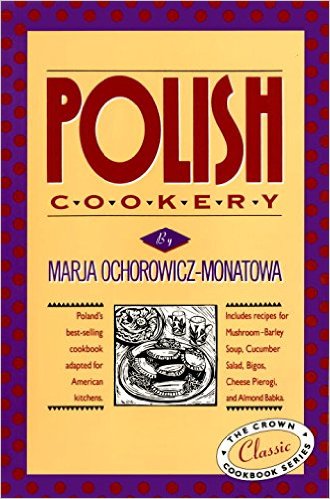 |
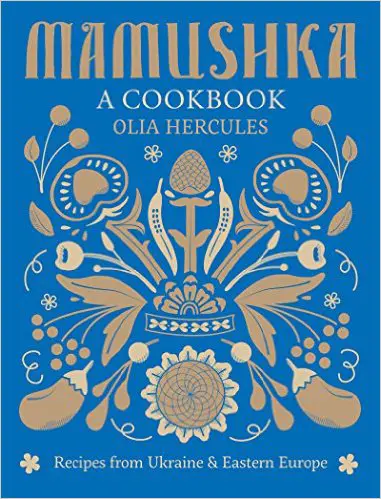 |
 |
 |
| Pączki domowe | Homemade Polish Donuts |
| Składniki:
ok. 20 sztuk
Przygotowanie:
|
Ingredients
makes about 20 paczki
Preparation
|
Our Favorite Paczki Videos
This video, in slow, clear Polish, shows how to make paczki step-by-step.
This video, featuring an English-speaking Polish woman, also shows the process step-by-step.
For the holiday, Poles line up to buy large amounts of paczki. This video shows how they are commercially made – even in America.
You Might Also Like
Polish holidays are heavily steeped in Catholic tradtion. They all have a distinctly Polish flair to them, however, in their foods, colors, and celebrations. Note that in Poland nearly everything closes for public holidays! Everyone will be celebrating! Find out more about Polish holidays, their history, cultural significance, and related days off below. Days Off […] What shapes Polish national identity? The answer is complex and personal, but one key element is the Polish national narrative. This includes the heroes and pivotal events taught in schools, the places central to the nation’s collective memory, and the language and beliefs that frame its worldview. A national narrative goes beyond history: it is […] Catholic Mass in Poland is not only a religious ritual but also a reflection of the nation’s history, culture, and identity, shaped by centuries in which Catholicism anchored Polish society through partitions, war, and communism. Today, around one-third of Poles attend Mass weekly and 71% identify as Catholic, making Poland one of Europe’s most religious […] The Talking Phrasebook Series presents useful phrases and words in side-by-side translation and with audio files specifically geared to help students work on listening skills and pronunciation. Each entry below, divided by category, features an English word or phrase in the left column and its Polish translation in the right. In the center column for […] Polish food is hearty, flavorful, and deeply rooted in tradition. It is also experiencing a revival, re-inventing itself in major Polish cities as the country celebrates its heritage and embraces the latest trends and inspirations from world cuisines. Today, while dishes like pierogi, kielbasa, and bigos (hunter’s stew) are one you must try while visiting […]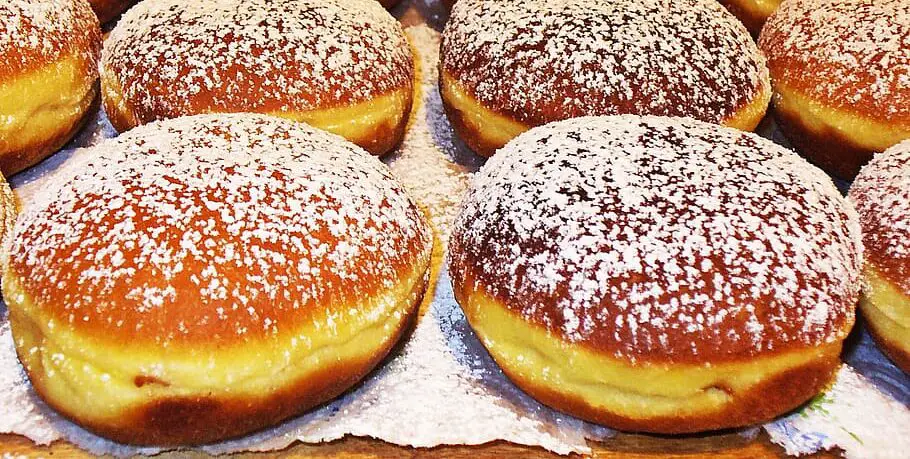
Polish Holidays 2026: A Complete Guide
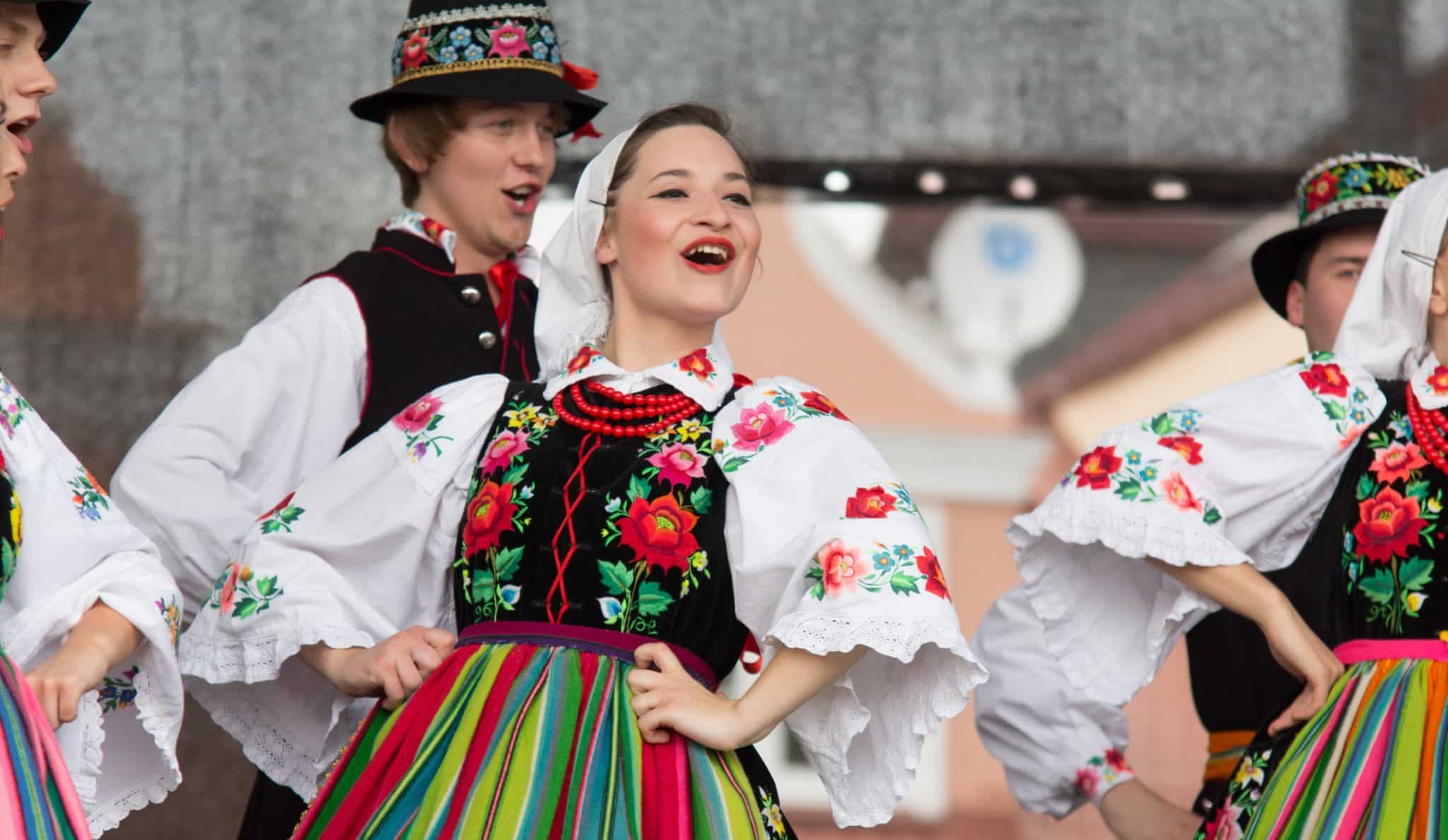
Poland’s Story of Identity: Heroes, Memory, and Meaning
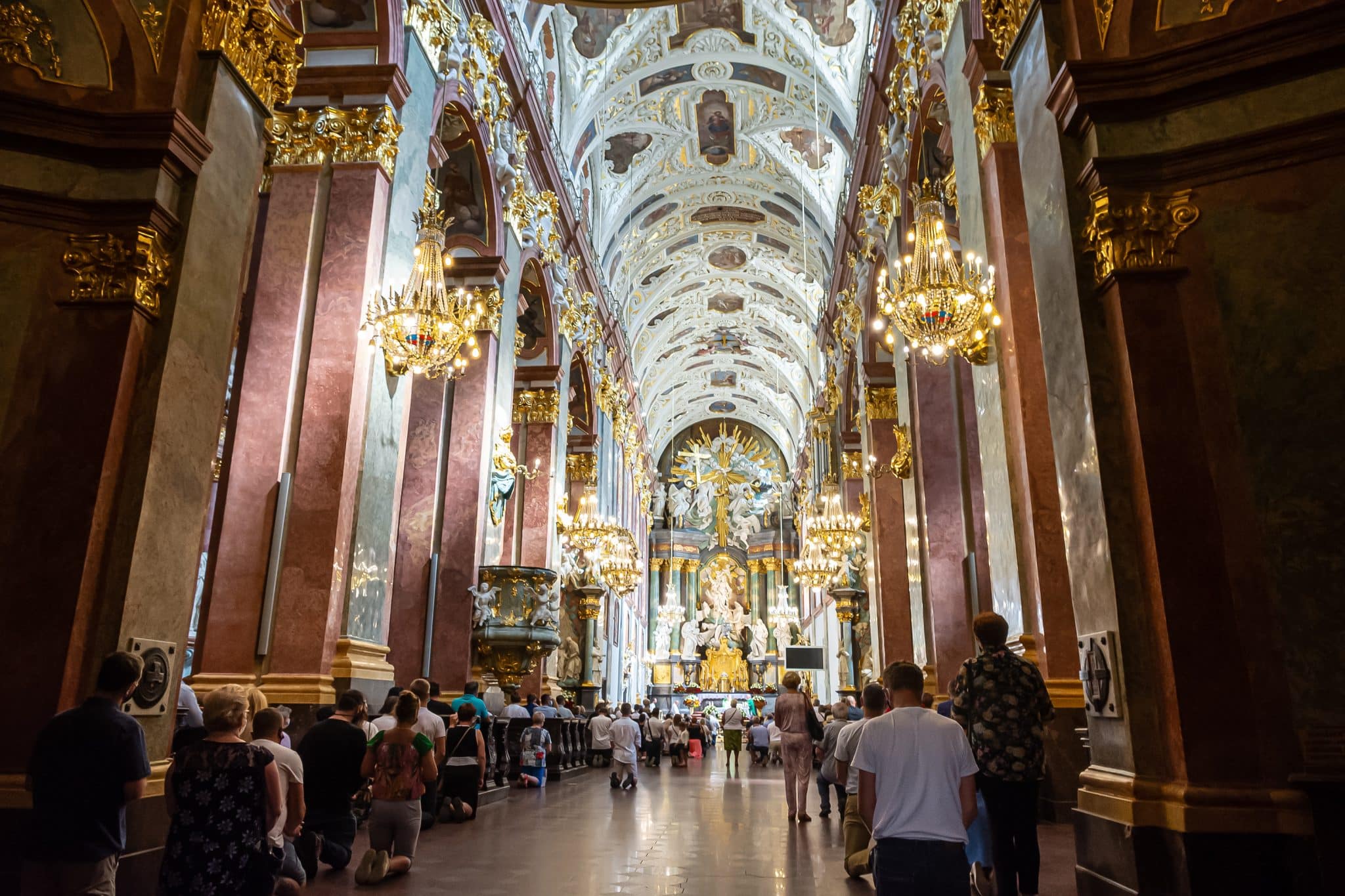
Attending Catholic Mass in Poland as an American

The Talking Polish Phrasebook
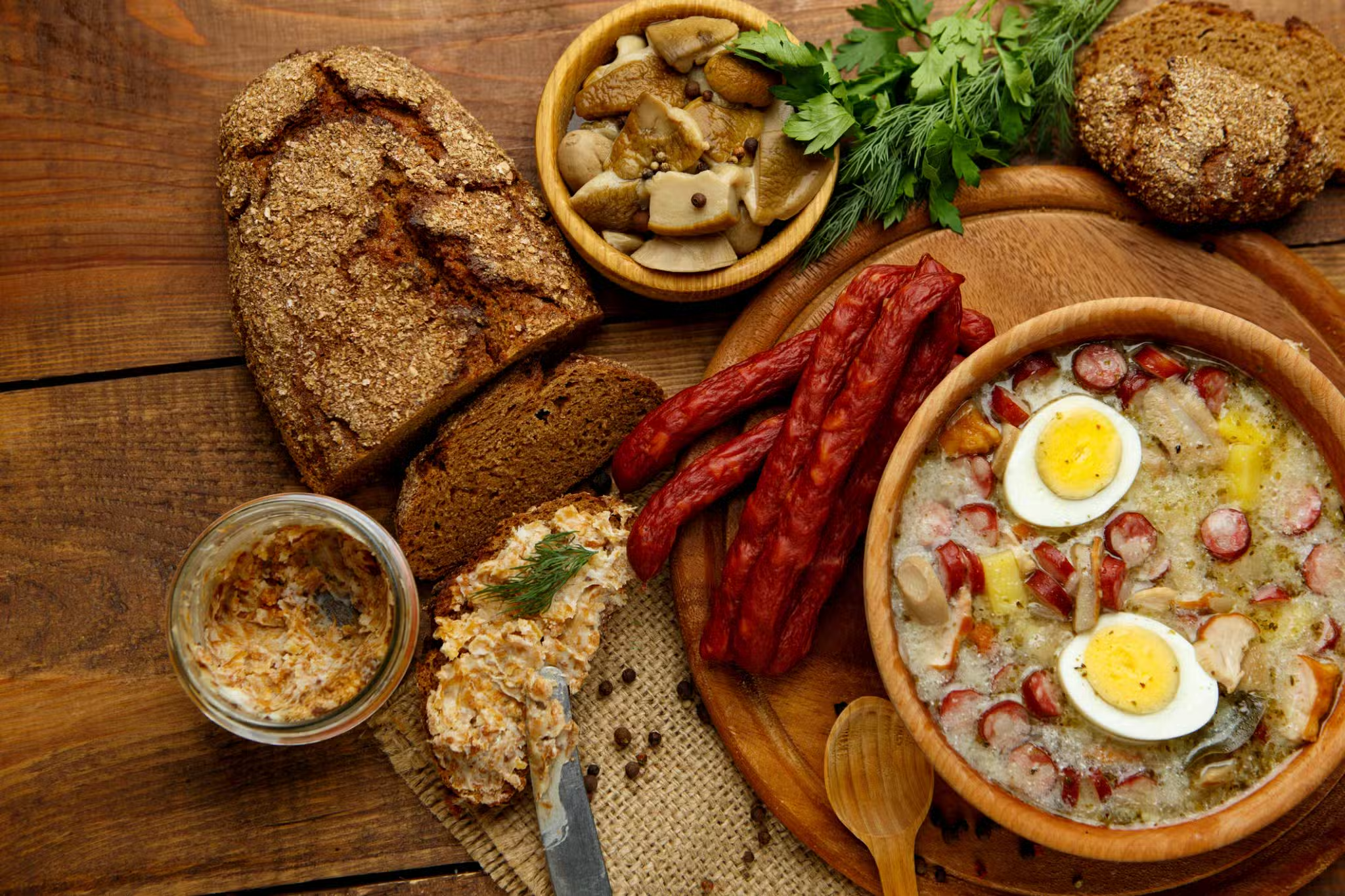
Dictionary of Polish Food

